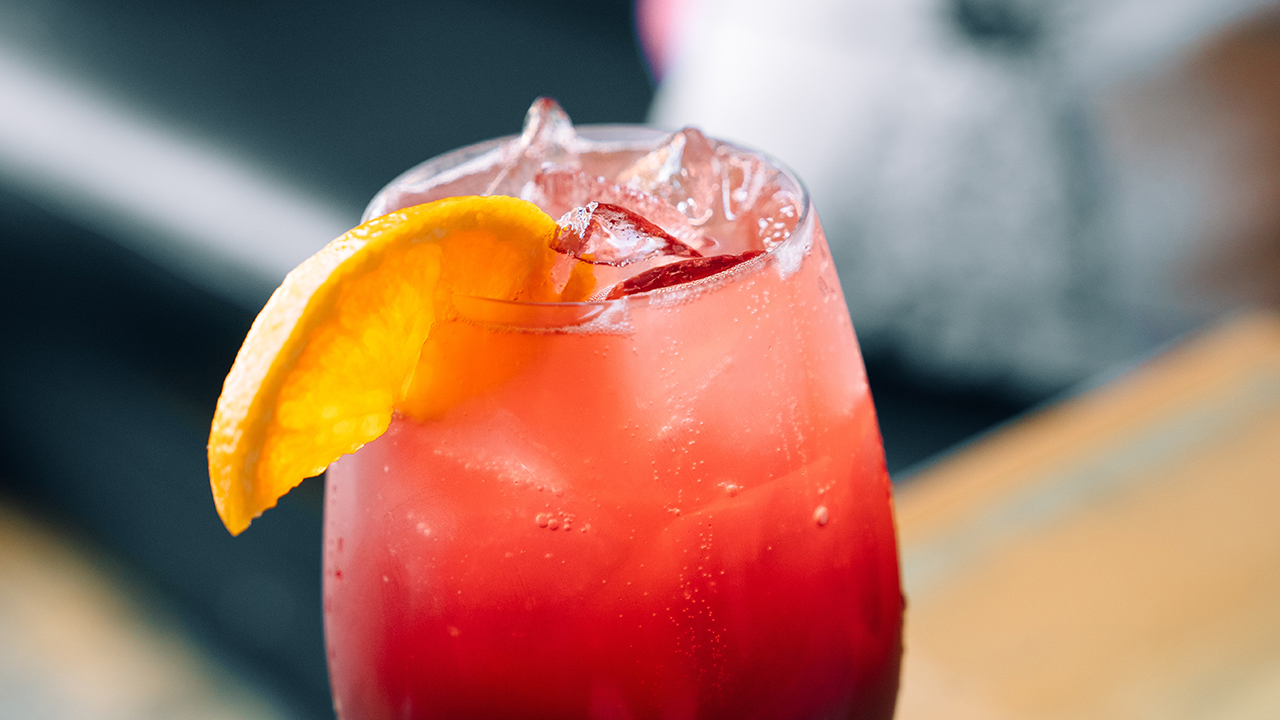
Unraveling the origins of Sangria with tasty summer recipes
Few can rival the vibrant and fruity allure of sangria when it comes to refreshing summer beverages. Sangria has become a beloved drink worldwide with its rich red or white wine base infused with fresh fruits and a hint of sweetness. But have you ever wondered about the origins of this delightful Spanish concoction? In this blog post, we delve into the fascinating history of sangria, tracing its roots back to ancient times and uncovering the cultural significance behind this iconic beverage.
Ancient Origins: While the exact origin of sangria remains a topic of debate, its roots can be traced back to ancient civilizations. The concept of mixing wine with fruits and spices was not unique to Spain. The Romans, for instance, often diluted their wine with water and added honey, spices, and even fruits like figs and cherries to enhance the flavor. This early practice laid the foundation for what would eventually become the modern-day sangria.
The Spanish Influence: In Spain, however, sangria blossomed into a revered beverage. The word “sangria” is derived from the Spanish word “sangre,” meaning “blood.” This term aptly describes traditional sangria’s rich, red hue, achieved by using red wine as its base. While red wine is the most common choice, white and rosé versions, have also gained popularity over the years.
Regional Variations: Sangria is a versatile drink for various regional variations. In northern Spain, particularly in Catalonia, a variation called “Sangria de Cava” uses sparkling wine instead of still wine. This effervescent version adds a lively touch to the traditional recipe. In other regions, such as Andalusia, it is not uncommon to find sangria infused with a splash of brandy or orange liqueur, adding a subtle complexity to the flavor profile.
Cultural Significance: Sangria carries a deep cultural significance in Spain beyond its refreshing taste. Traditionally, it was consumed during festive occasions, such as summer festivals and family gatherings. The drink symbolizes togetherness, celebration, and the joy of sharing. Spaniards often prepare large pitchers of sangria, brimming with various fruits, to be enjoyed among friends and loved ones. This communal aspect of the drink makes it an integral part of Spanish social gatherings.
The Global Phenomenon: Over time, sangria’s popularity extended far beyond the borders of Spain. It made its way to other European countries and eventually reached the shores of the Americas. Today, sangria is enjoyed worldwide, especially during the warm summer months when its refreshing qualities are most appreciated. Many countries have put their own twist on the classic recipe, incorporating local fruits and flavors to create unique variations.
Conclusion: Sangria is more than just a fruity wine punch; it represents the vibrant spirit of Spanish culture and the joy of shared experiences. Its origins can be traced back to ancient civilizations, and it has evolved over time to become a beloved global beverage. Whether you enjoy a traditional red sangria or experiment with your own variations, this delightful drink continues to captivate palates and bring people together, reminding us of the rich history and cultural heritage it carries with every sip. So raise a glass and toast to the centuries-old tradition that is sangria!
HERE ARE SOME FUN RECIPES:
Sangria recipes you may find interesting:
1. Classic Red Sangria:
- 1 bottle of red wine
- 1/4 cup brandy
- 1/4 cup orange liqueur
- 1 sliced orange
- 1 sliced apple
- 1 sliced lemon or lime
- Club soda (optional)
Mix all the ingredients in a pitcher and place in the fridge for a few hours (or overnight) to let the flavors meld. Add chilled club soda before serving.
2. White Wine Peach Sangria:
- 2 bottles of white wine
- 1 cup peach schnapps
- 3/4 cup frozen pineapple juice concentrate
- Sliced peaches, fresh strawberries, and lemon, as desired
Mix the ingredients in a large pitcher over ice and top it with a splash of club soda before serving.
3. Bubbly Rosé Sangria:
- 2 bottles rosé champagne or sparkling rosé wine
- 3 cups of thinly sliced fresh fruit such as strawberries, raspberries, blackberries, peaches, oranges, or other available fruits.
Mix everything into a large punch bowl with ice cubes to chill your beverage,. Ladle out servings into punch glasses and serve immediately.
4. Mango Pineapple Sangria:
- 750 ml bottle of white wine.
- Half a cup of coconut rum
- Half mango slices and one cup of cubed pineapple chunks.
- One can of ginger ale soda
Add everything into a pitcher, then mix well. Chill overnight so that fruit juices meld well with the alcohol mixture. Fill glasses with ice cubes and pour sangria over them during service before adding ginger ale. ENJOY!





